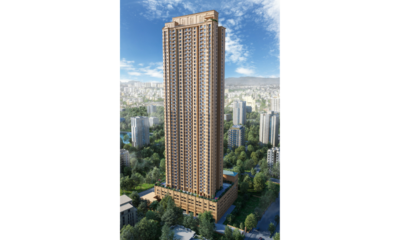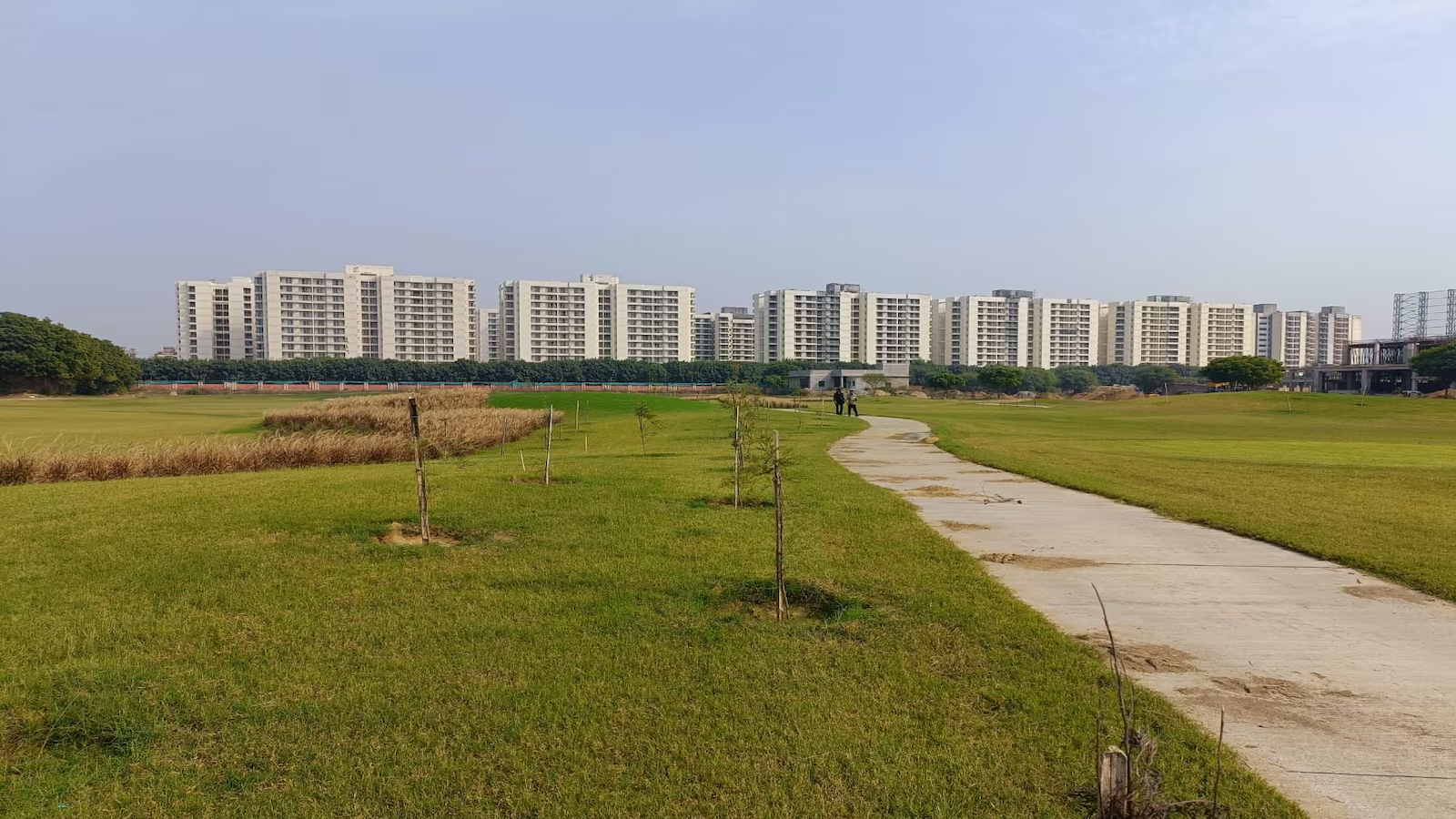Main
Indian Cities Among The Top 10 APAC Markets Targeted By Investors


Limited investment opportunities due to a shortage of investment-grade assets in the safe haven core markets of Asia Pacific have prompted investors to turn their attention to secondary and tertiary markets and even to non-core property types. In its latest research report, “Betting on Asia Pacific’s Next Core Cities”, Cushman & Wakefield used a proprietary tool, Strategic Location Indicator (SLI)[2] and selected the next core and emerging markets in the Asia Pacific region that will offer investors the opportunity to tap into their long-term growth fundamentals, which will become increasingly viable due to sustained reforms. Indian cities were among the Top 10 markets targeted by investors. Most of the global investments for this year will be made in commercial office assets as markets in Bengaluru, Chennai, Delhi NCR, Hyderabad, Mumbai and Pune are well placed to outperform other cities from emerging economies in Asia Pacific.
Top 10 Asia Pacific’s Next Core Cities
| Rank | City |
| 1 | Hyderabad |
| 2 | Bangkok |
| 3 | Manila |
| 4 | Guangzhou |
| 5 | Shenzhen |
| 6 | Bengaluru |
| 7 | Mumbai |
| 8 | Pune |
| 9 | Chennai |
| 10 | New Delhi |
Siddhart Goel, Sr. Director, Research Services Cushman & Wakefield says, “Asia Pacific remains a very viable investment target for global capital. After entering in 2005 to 2008 and having learnt many valuable lessons since then, global investors are now well equipped to take advantage of the potential that Indian real estate markets offer. The country is firmly on track to become an economic powerhouse with strengthening GDP, better business environment and investor-friendly policies by the Central Government. Despite concerns about global events such as BREXIT and changing US immigration policies impacting the IT-BPM sector in India, we have seen that other sectors such as BFSI, healthcare, consulting services and various manufacturing industries are increasingly driving demand for commercial spaces.
He adds on, “This has resulted in net absorption across the top 8 Indian cities to remain in the range of 32-35 million square feet (msf.) in the last three years even as the share of the IT-BPM sector in commercial office leasing has steadily gone down from 65-70% to 52-55% during this period. Within APAC, India is expected to continue contributing highly to the total office demand. Consequently, global investors are increasing their capital outlays substantially as they are confident about the long-term prospects of the Indian economy in an environment of increasing transparency and accountability backed by policy reforms such as RERA, REITS, GST, Benami Transactions Act, etc.
What’s ahead in APAC for the rest of 2017?
Investment activity in Asia Pacific has been robust in 2017. As noted in our annual The Atlas Summary 2017 report, real estate investment volume in Asia Pacific is expected to hit USD611 billion this year. A total investment value of close to USD136 billion in the region in the first quarter of this year, which is a record quarter high and is a good indicator of health of investment in real estate in Asia Pacific region. Pending any unforeseen circumstances in the months ahead, a positive momentum is expected to continue making 2017 a banner year for real estate investments in Asia Pacific,
For 2017 and beyond, five important themes will continue to influence the investment landscape in the region.
1. Real Estate Going Public – Government efforts to implement pro-investor legislation in many emerging countries will improve transparency and efficiency, which will widen the investor base. While Tokyo and Singapore continue to be the region’s hubs for Real Estate Investment Trusts (REITs), the next wave will be propelled by the region’s emerging markets, in particular China and India.
2. Policy Trumps Politics – While the uncertain global political arena and protectionist trade policies continue to take center stage, they are not likely to pose a high risk to Asia Pacific’s regional outlook. The increasing focus on stability and growth in the region is a prominent factor to attract investment dollars.
3. Asia’s Great Wall of Capital – The abundance of Chinese capital and the growing numbers of active investors have driven strong capital flows in the region and this is unlikely to change over the long term.
4. Follow the Infrastructure – Growth in investments and improvements in infrastructure in many markets across Asia Pacific are helping to stimulate the region’s potential, particularly in the emerging markets.
5. Alternative Assets are Hot – Data centers remain lucrative as online shopping becomes the norm and data needs for cloud-based systems rise. Student housing, retirement living and healthcare are also gaining prominence as popular alternative property investment types. Similarly in India, the investment appetite for industrial parks, logistics and warehousing parks is increasing as improving infrastructure, roll-out of the Goods and Services Tax (GST), and industry friendly policies promoting FDI and private investments, amongst other initiatives support the Central Government’s focus on its ‘Make in India’ campaign.
-



 News3 weeks ago
News3 weeks agoKW Delhi 6 Mall Onboards New Brands
-



 News4 weeks ago
News4 weeks agoManasum Senior Living Launches IKIGAI GOA, A Senior Living Community in North Goa, in collaboration with Prescon Homes
-



 News3 weeks ago
News3 weeks agoCommercial Realty Gets Tech Savvy: Fast Construction, Enhanced Convenience
-



 News2 weeks ago
News2 weeks agoGodrej Properties Sells Rs 3k cr+ Homes of Godrej Zenith, Gurugram, within 3 days
-



 News4 weeks ago
News4 weeks agoBridging India Divide: Top 5 Tier- 2 Cities to Focus On
-



 News4 weeks ago
News4 weeks agoMultipoint Connection – A Definite Boon
-



 News3 weeks ago
News3 weeks agoRBI’s Status Quo on Key Policy Rates to Help Maintain the Real Estate Growth Momentum, Say Industry Stalwarts
-



 News1 week ago
News1 week agoOlive Announces Dhruv Kalro as Co-Founder





























